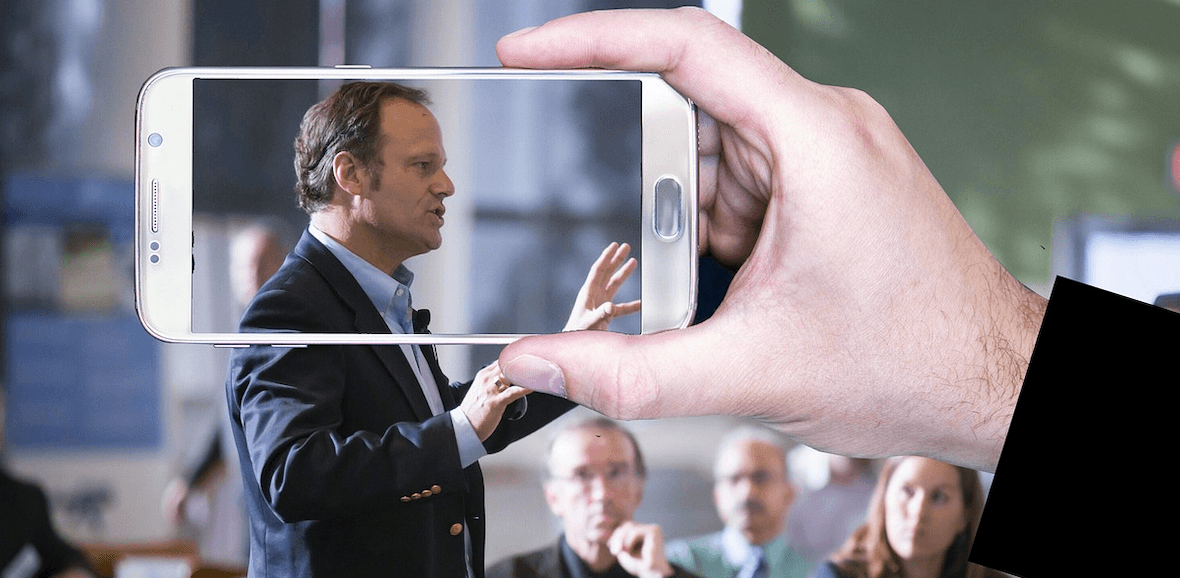
The Future of Search Platforms
By now, your company has probably developed some sort of SEO (search engine optimization) strategy to increase visibility and bring more people to your brand through text-based searches. That’s great, but soon it may not be enough. People are increasingly researching and buying through visual and verbal, as opposed to text-based searches. The future of search platforms will utilize all of these methods, and here are some tips for your company to prepare.
Let’s start with some stats. Whether through Alexa, Google Home, or with their phones, over 50% of online consumers are using voice searches on a daily basis. 65% of Amazon Echo and Google Home owners say that they can’t imagine going back to not having a smart speaker. And most importantly, voice commerce sales reached $1.8 billion in the US in 2017 and are predicted to explode to $40 billion by the year 2022.
And that’s just for voice searches. In terms of visual searches, Pinterest reports that they receive over 600 million visual searches every month using their Pinterest Lens feature. According to a report from Slyce.it, 74% of consumers report that text-only searches alone are insufficient for finding the products they want.
In short, these trends are not going away, because they provide users with easier, more intuitive searches that take advantage of cell phone capabilities, and can provide information that was heretofore impossible with text-based searches.
While voice and visual searches are coming onto the scene at the same time, they are really two very different methods for extracting distinct kinds of data. As IPG Media Lab states, “there is nothing that makes one inherently better than the other, but sometimes one would be more suitable and efficient than the other for maximizing customer engagement depending on the goal and context.”
Voice searches utilize a phone or smart speaker’s location, allowing for concepts such as weather or the nearest location to a product. And NLP (natural language processing) technology allows for a continued conversation to take place (For example, you can ask “who is George Washington” and then ask “when was he born?”).
Meanwhile, visual searches use a phone’s camera to give information about objects that can be hard, if not impossible, to describe verbally through other search methods. For example, you can take a picture of a dress, and visual searches can find the designer and where to purchase it. And using machine learning visual searches can also list similar dresses, or accessories.
The best thing a business can do is optimize its online presence for voice and visual searches to parse through. Website elements must be indexed and upgraded to show up in all three search methods. For e-commerce sites, you’ll need to place emphasis on localized SEO for voice search, and make your language easily understandable and short (you don’t want a robotic voice to prattle on. Anything over a couple of sentences is too much.). For visual searches, be sure your brand has a presence on Pinterest and takes advantage of their Pinterest Lens feature.
While full integration of these search methods is in its early stages, it is clear that the future lies in the seamless integration of all three search techniques, text-based, voice, and visual, and those that adapt first will reap the benefits. According to Gartner research, “by 2021, early adopter brands that redesign their websites to support visual and voice search will increase digital commerce revenue by as much as 30 percent. Through visual and voice search, marketers can engage more meaningfully with their audience at each stage of their purchase journey.”
Optimizing for visual and voice search requires deep technical expertise when it comes to machine learning, natural language processing, and building custom algorithms. Lineate’s developers have the experience to help. Reach out to us on our for a free evaluation. now to learn more.
Share:
Got a project?
Harness the power of your data with the help of our tailored data-centric expertise.
Contact us